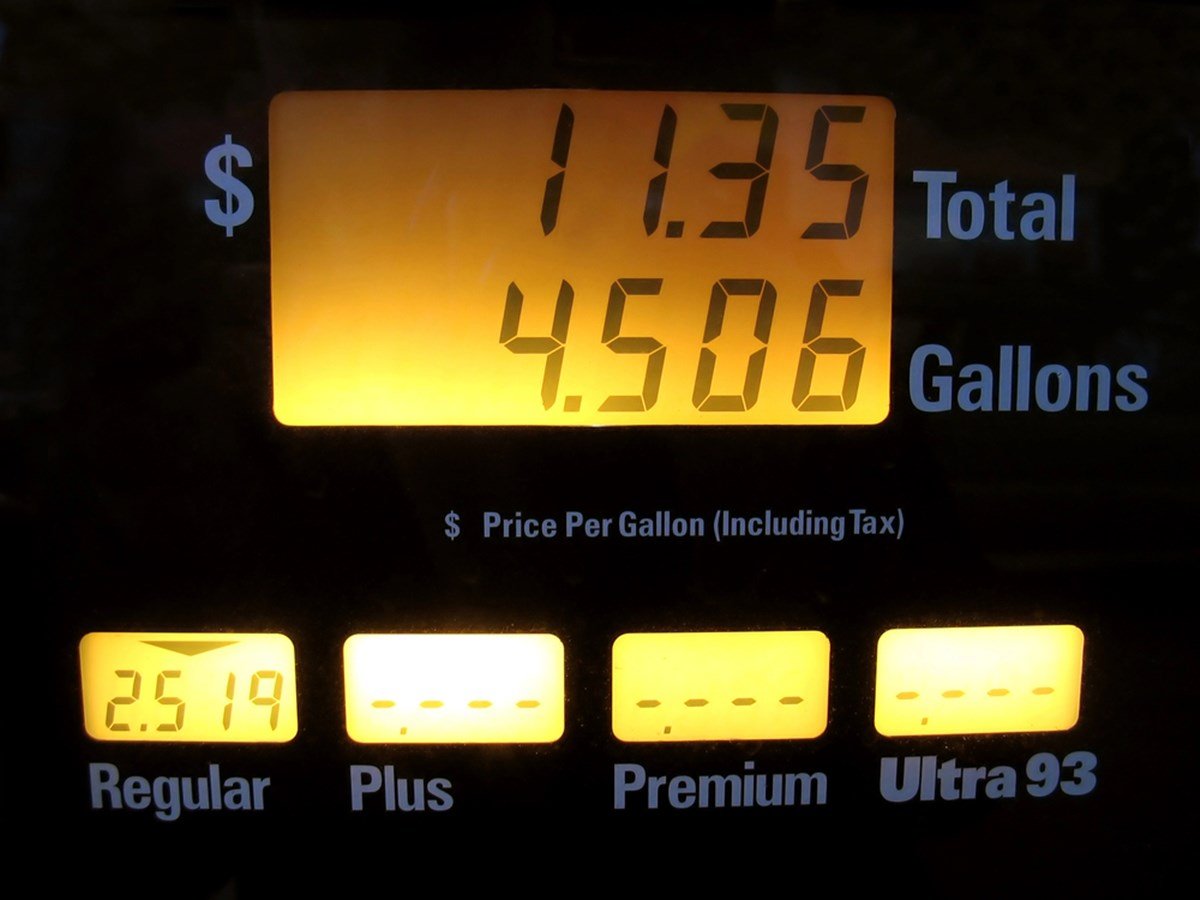
Exxon Mobil Corp. (NYSE: XOM) and Chevron Corp. (NYSE: CVX) are two of the largest integrated oil producers in the world. The two companies have market capitalizations of $457.67 and $293.81 billion, respectively. Energy stocks have been poor performers in 2023 and much of 2024. But with expectations of higher oil prices later this year and in 2025, which of these stocks is the better buy?
More Alike Than They Are Different
Let’s start by saying that both stocks are excellent long-term investments. That’s one reason why they’re the top two holdings in the Energy Select Sector SPDR Fund (NYSEARCA: XLE). In fact, the two companies account for approximately 50% of the fund’s weighted value.
Therefore, these companies are allies as much as they are competitors. But not recently. The two oil giants are battling over the Stabroek deepwater field in Guyana, which is currently owned by Hess Inc. (NYSE: HES). This asset is a key reason Chevron proposed a merger with Hess. Both CVX and HES shareholders have now approved that deal. However, Exxon has a controlling 45% stake in Stabroek and believes it has the first right to acquire it. The two companies are currently in arbitration.
The Case for XOM Stock
Exxon is trading at around 13x forward earnings. According to Yardeni research, that’s right around the average forward P/E or Integrated oil and gas companies. But with oil prices at just over $80, there’s still good value in XOM stock.
Plus, the company generates significant free cash flow that will allow them to invest in organic growth. That was evident in its approximately $60 billion acquisition of Pioneer Resources in 2023.
Plus, Exxon is shareholder-friendly and has a history of share buybacks. It recently increased its share buyback to $50 billion over three years. The company is also a dividend aristocrat, increasing its dividend for 41 consecutive years and currently having a dividend yield of 3.27%. That’s a key reason why the five-year total return for XOM stock is 98.8%.
The Case for CVX Stock
Looking at the metrics for Chevron shows how closely these two companies resemble each other. The company’s forward P/E of 12.8 is right around the sector average. Like Exxon Mobil, Chevron is a free cash flow machine. The company is also very shareholder-friendly, as evidenced by its $75 billion share buyback. Chevron is also a dividend aristocrat that has increased its dividend for 37 consecutive years and has a yield of 4.10%.
And, not to be outdone, Chevron continued its own growth-through-acquisition strategy with its acquisition of Hess. Hess shareholders approved the deal in June. However, as noted above, Chevron and Exxon Mobil are in arbitration, which will need to be completed before the deal is finalized.
And the Winner Is...
Once again, I don’t think you can go wrong with either stock as a long-term investment. Both companies generate significant free cash flow, pay stable and growing dividends, and reward their shareholders with generous share buyback programs.
But if you’re a trader, you’re more concerned about what stock is the better short-term option. If that’s your concern, XOM stock may be the better choice. Analysts are bullish on both stocks, with both having an upside of around 14%. But regardless of the arbitration outcome, Chevron will have the Hess merger to digest. That’s a long-term plus, but in the short-term, XOM stock looks like it may have a clearer path to upside stock price gains.